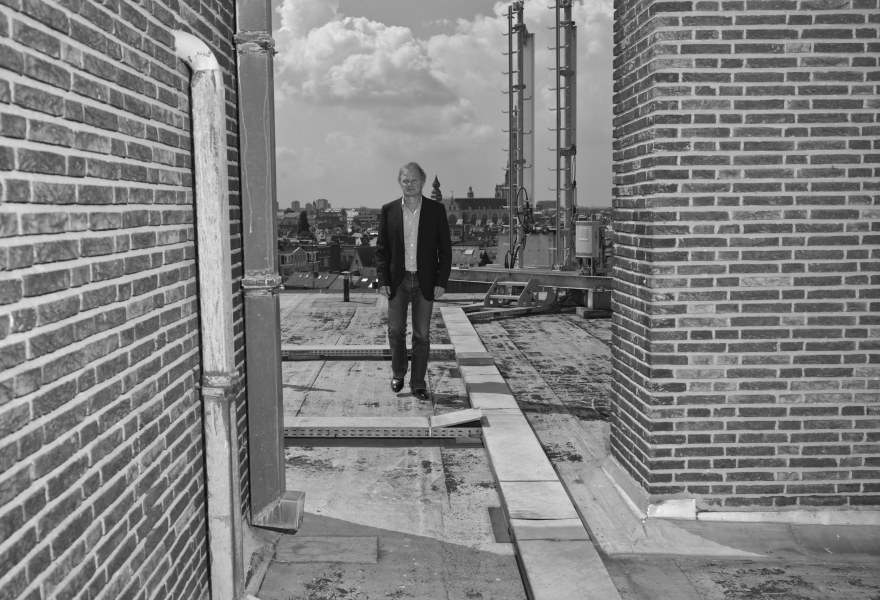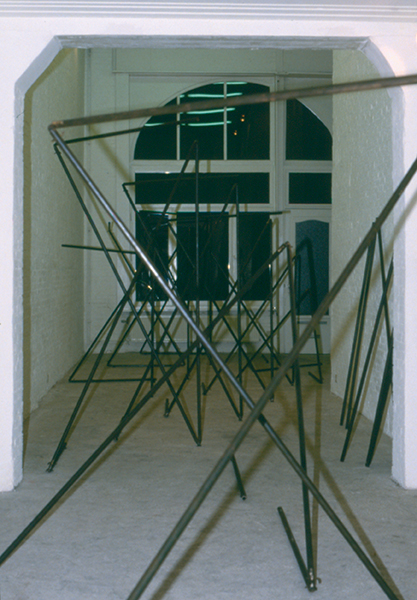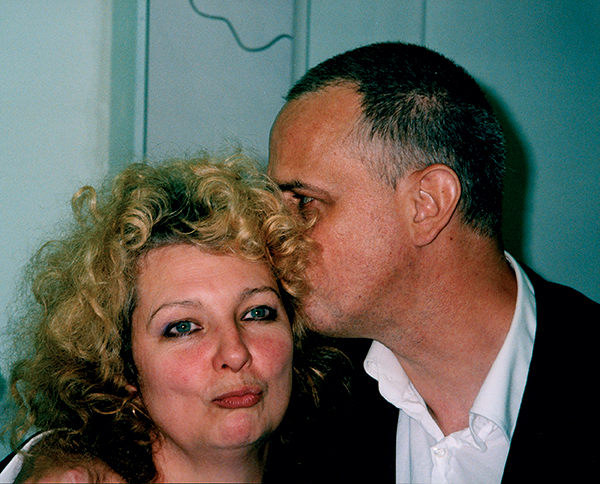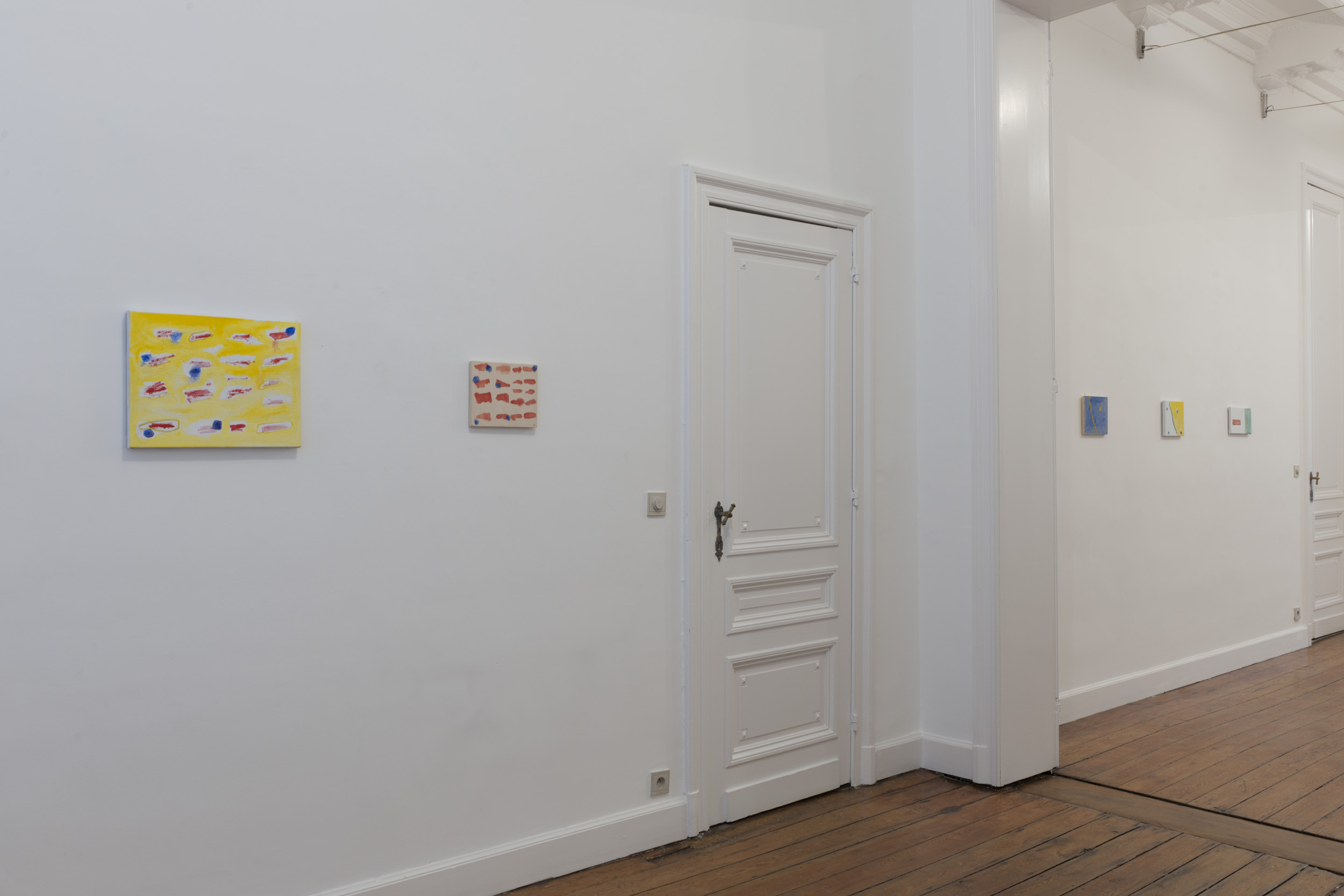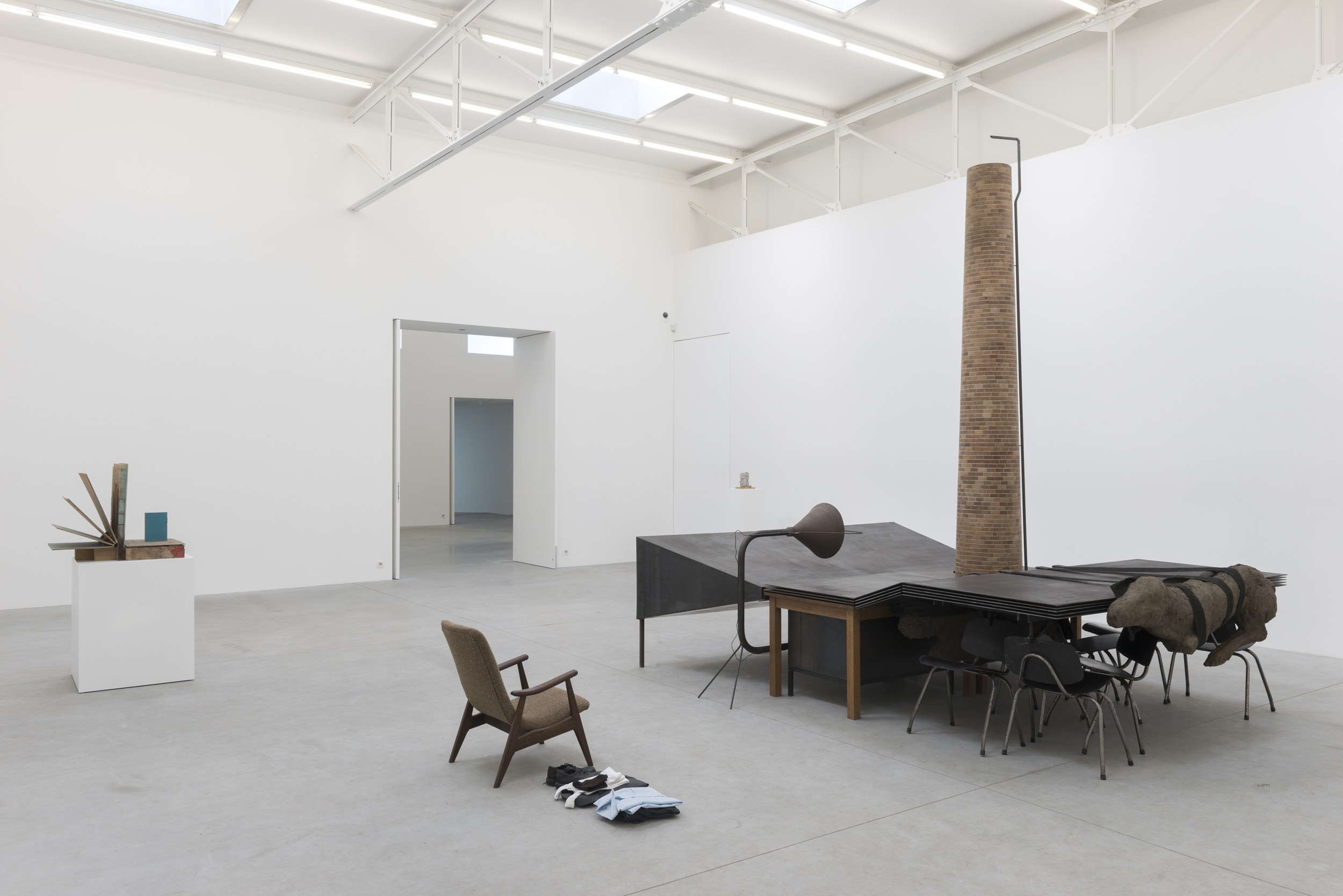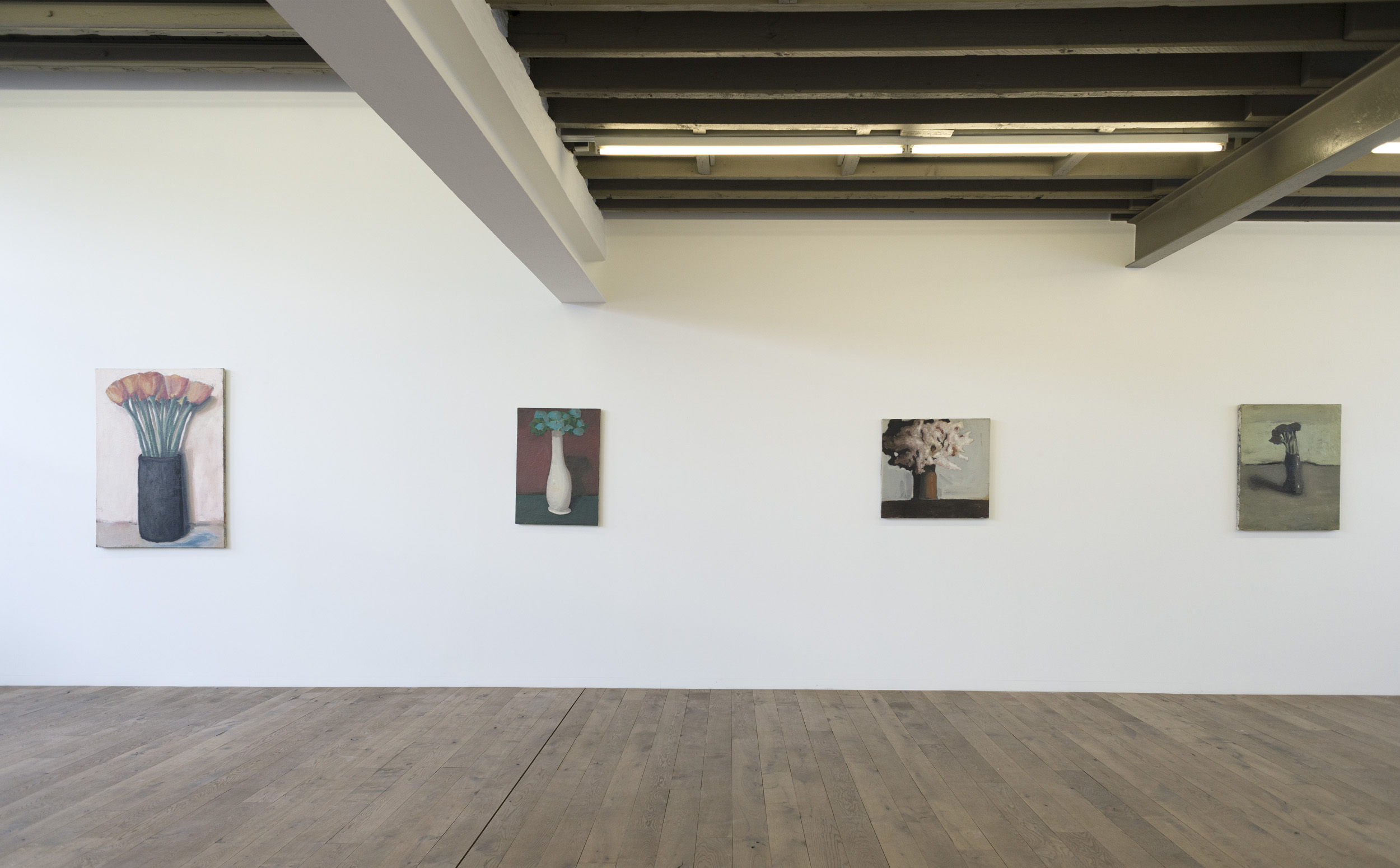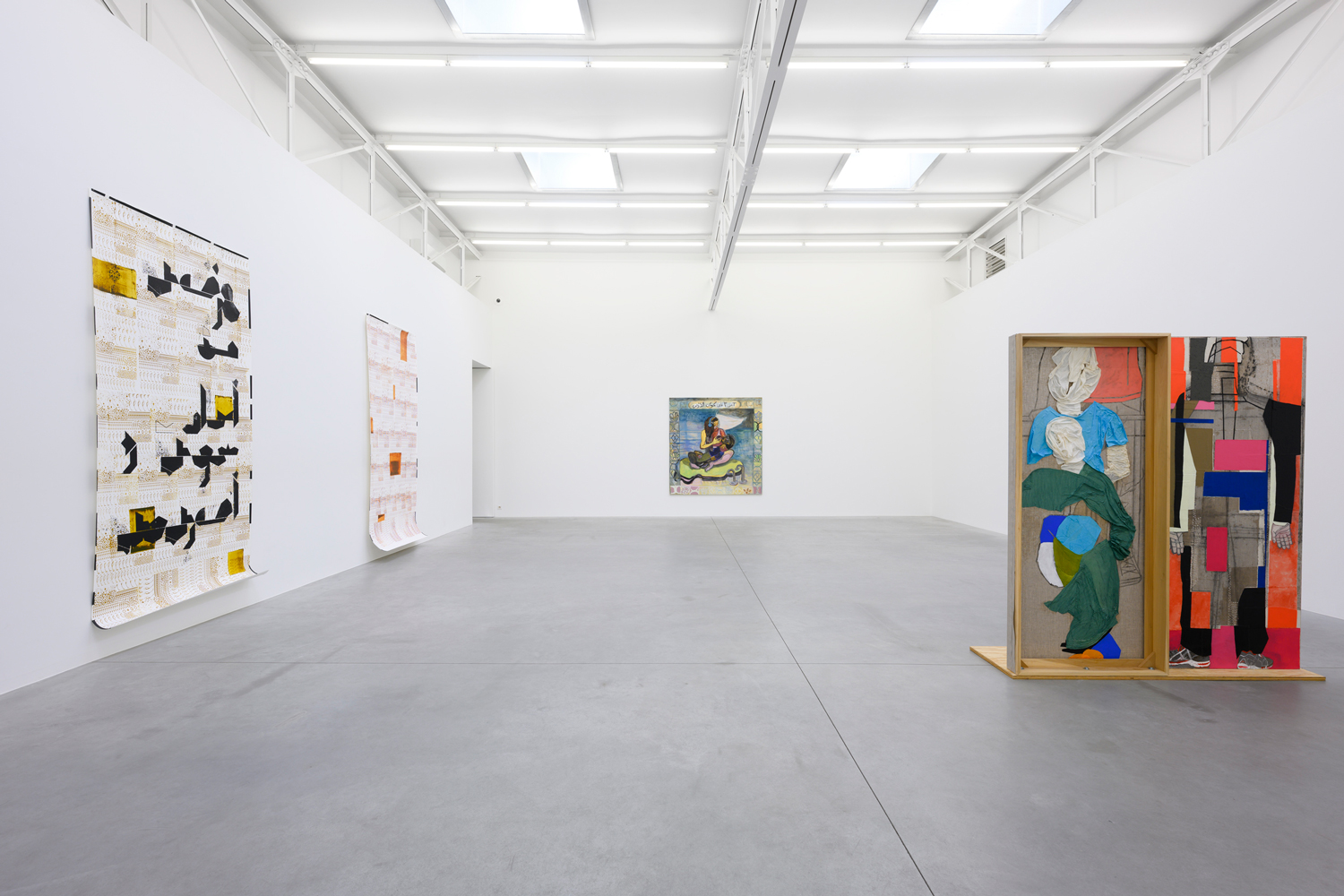26 november 2021, Oscar van Gelderen
The gallery of... Frank Demaegd
We’re you exposed to art while growing up?
No.
How did you come into contact with the art world?
From the age of fourteen I went to art school every Saturday to take painting and model drawing classes. During the art history lessons I became extremely fascinated by artists such as Vincent van Gogh, Henri de Toulouse-Lautrec, Pieter Breugel and Jheronimus Bosch. The romanticism surrounding these artists also played an important role in this. The 'being different' and 'looking differently' appealed to me enormously.

Eliane Breynaert & Frank Demaegd at the opening ‘Industriële Typen’ - Anne-Mie Van Kerckhoven (1982)
What was your first job in a gallery? Or did you immediately start a gallery yourself?
I frequented various galleries, but I was never involved in any of them in a professional manner. I myself started a gallery out of love for art and because we had bought a house in the South of Antwerp, of which we could use the ground floor as an exhibition space. I did not know the art market and was naive enough to think that beautiful works and good exhibitions would result in sales. It took three to four years for someone to buy a work.
I have learned a lot from others, such as from the contact with Bernd Lohaus, artist and owner – together with Anny De Decker – of the Wide White Space gallery in Antwerp. A gallery that had worked with all the top artists: Joseph Beuys, Marcel Broodthaers, Panamarenko, Carl Andre... Their approach certainly determined my attitude in the beginning.
How would you describe your gallery’s profile?
In the early days of the gallery (in the 1980’s), the basic principle was that the artworks had to be avant-garde. At the time, I only showed architects such as John Körmeling or Rem Koolhaas, or artists who were working on installations, such as Patrick Van Caeckenbergh and Anne-Mie Van Kerckhoven. We still work with three of those artists. In 1988, I teamed up with the first painter – Raoul De Keyser – the start of a journey in which we have built up many beautiful collaborations with major, renown artists. Those long-term collaborations are very meaningful to me; for example, in January 2022 we will celebrate our 40th anniversary with Anne-Mie Van Kerckhoven.
At the same time, we are also working on new opportunities with emerging artists, such as our current OFF ROAD II show. I have always found it very important to participate in various international fairs in Basel, Hong Kong, New York, Miami, Paris, London etc because the gallery is not located in a big city. That particular combination of local and international, emerging and established values is very important to the gallery.
What do you think is the best part of being a gallerist?
The best aspect is undoubtedly discovering good artists and working together on the visibility of the work and the 'platform'. There is a dependency and trust on both sides, you build something together. You make certain choices and stick to them, all decisions we make are meant for the long term.
Which national / international galleries do you feel an affinity with?
That varies, but certainly with the galleries that attach great importance to collaboration with their artists and with whom we also work together at an international level: Tanya Bonakdar, David Zwirner, Gallery Koyanagi in Tokyo, Mendes Wood, Sprüth Magers etc.
In an ideal world, which artist would you most like to represent?
I am pleased to represent some of the top artists whose work is in the collections of the world's most important museums, such as Marlene Dumas, Luc Tuymans, Mark Manders, Jack Whitten, to name a few. I would also like to have worked with, for example, Thomas Schütte or Robert Gober.
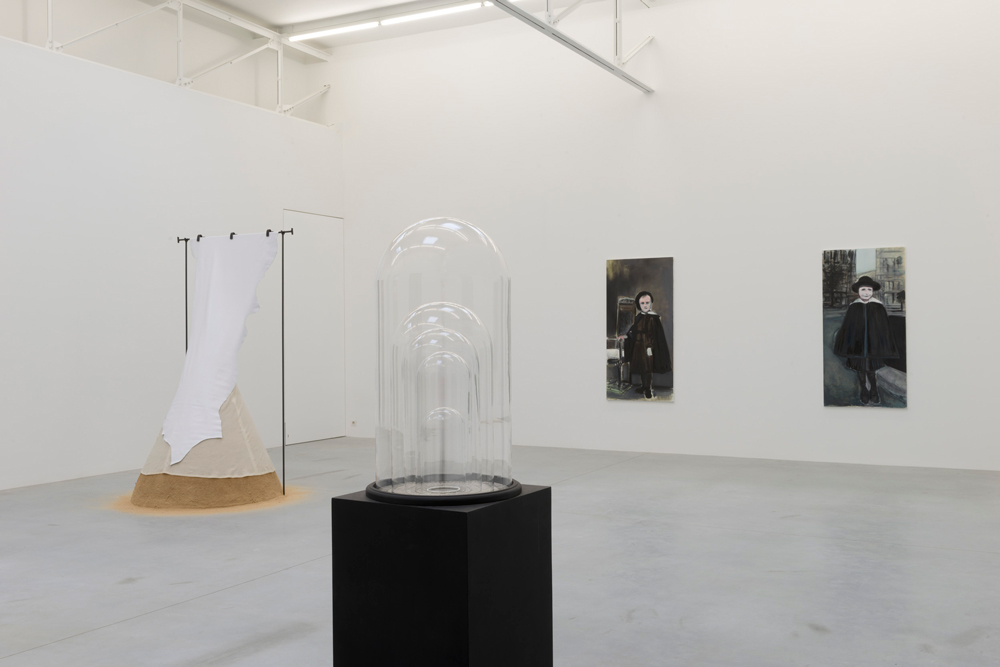
Exhibition opening new gallery space Borgerhout (2013)
What has changed in the art world since you took your first steps?
What / whose work do you collect yourself?
When I started collecting, I mainly bought work by artists that the gallery represents, but also work by older Belgian masters who are still undervalued: Edgard Tytgat, Jean Brusselmans, Paul Joostens. In my opinion, these artists have a very unique visual language.
Has the pandemic changed the way you see the artworld?
At first I thought we would travel less, but I soon discovered that face-to-face encounters are very valuable, especially when you're trying to explain and sell work by a lesser-known artist. We found the physical aspect of art experience so important that during the pandemic we decided to reopen our old space in Antwerp in order to physically present the works from the numerous 'Online Viewing Rooms'. Since then we have a second location. When the KMSKA across the street opens its doors next year, we can also start a dialogue with them.
